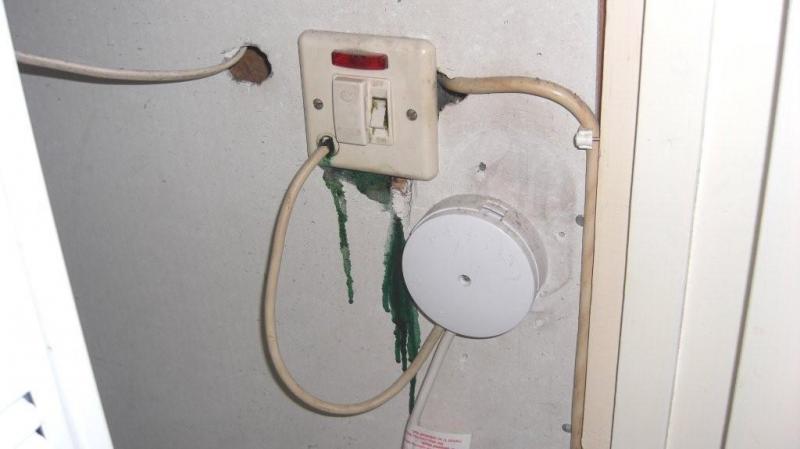the green stuff would still run down the sleeving.
I guess you could leave some copper showing out the terminal to give the green stuff chance to leak out before going into the socket.
Not normal recommended practice! but good in this case
I guess you could leave some copper showing out the terminal to give the green stuff chance to leak out before going into the socket.
Not normal recommended practice! but good in this case


